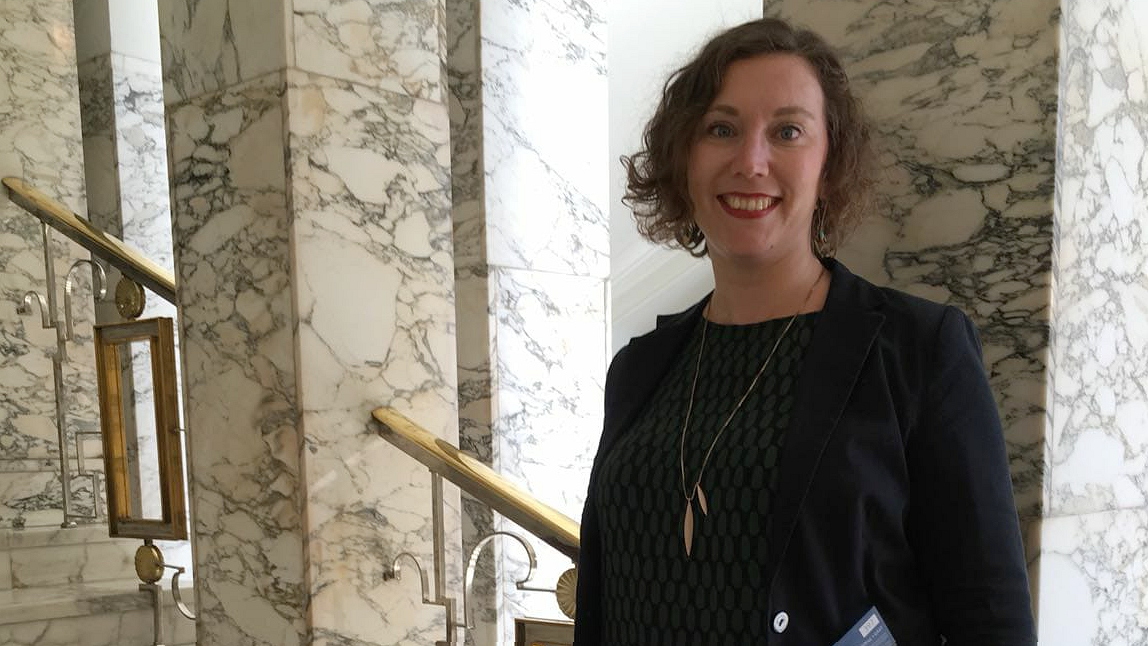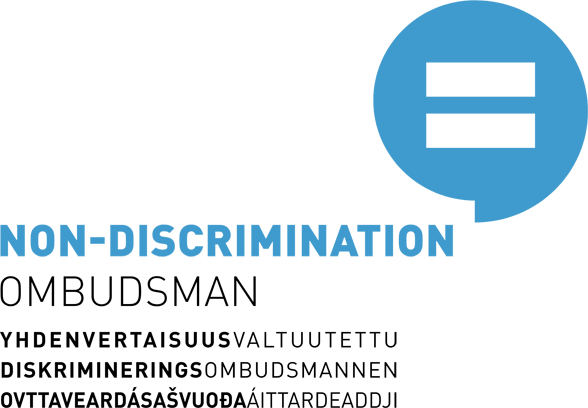Task of the National Rapporteur on Trafficking in Human Beings
The Non-Discrimination Ombudsman is the National Rapporteur on Trafficking in Human Beings. The task of the Rapporteur is to examine the work to combat human trafficking in Finland as an independent body. The aim of the Rapporteur is to ensure that the victims of human trafficking are identified and receive help and that their rights are enforced. In the Rapporteur’s view, it is important that those responsible for human trafficking are held criminally liable for their acts and that structural measures are taken to prevent human trafficking.
The duties of the National Rapporteur on Trafficking in Human Beings are laid down in the Act on the Non-Discrimination Ombudsman. Under the act, the task of the Rapporteur is to monitor human trafficking phenomena, compliance with international obligations and the effectiveness of the national legislation. As part of this task, the Rapporteur produces reports on human trafficking and related phenomena. The Ombudsman may also provide legal advice and, in exceptional situations, assist victims of human trafficking in courts.
The Ombudsman has the right to access a wide range of information, including details of criminal convictions that are normally kept secret. This is important so that the Ombudsman can assess compliance with international agreements on human trafficking and determine how the national legislation is responding to the challenges arising from human trafficking.
The National Rapporteur on Trafficking in Human Beings was appointed in 2009
The National Rapporteur on Trafficking in Human Beings was appointed in 2009 to monitor human trafficking and related phenomena. The decision to establish the post was prompted by the belief that the action against human trafficking would benefit from external monitoring and assessments, and analysis-based development proposals.
The view was also that the Rapporteur could bring the issue of human trafficking to political and public debate, which was expected to make the efforts to combat human trafficking more effective. Over the years, the Rapporteur has been doing this for example by publishing reports and studies, and by issuing recommendations, which have also led to progress in the efforts to combat human trafficking by different government agencies.
Related content
The Dublin III Regulation is not adequately commensurate with the protection of victims of human trafficking
Victims of human trafficking are at risk of being exploited again. International agreements oblige states to prevent re-victimisation. One goal of protection and assistance measures is to help victims build a life that no longer includes abuse. In the case of asylum seekers, the question arises as to how the victims of trafficking may be protected while complying with the Dublin III Regulation.
The purpose of the Council of Europe Convention on Action against Trafficking in Human Beings is to protect victims and prevent human trafficking. Victims of trafficking must be identified and referred for assistance. If a victim of human trafficking is returned to another country, their safety must be ensured.
If an asylum seeker has applied for international protection in another EU country before entering Finland, this first country is responsible for processing the asylum application instead of Finland. The Non-Discrimination Ombudsman is concerned about the return of persons admitted to the Finnish assistance system for victims of human trafficking to other EU countries in accordance with the Dublin III Regulation. The regulation lays down the criteria and mechanisms for determining the Member State responsible for examining an application for international protection. It is uncertain how smooth the transfer will be into the other country’s assistance system, how the information will flow, and how to ensure that the person will not be re-exploited.
A fact-finding visit to Italy was carried out on the basis of a memorandum published by the Non-Discrimination Ombudsman in 2016. During the trip, it became clear that, upon returning to Italy from Finland, victims of human trafficking receive inconsistent assistance, the system in place for the receipt of returnees is overstretched, and, due to the lack of information exchange, the receipt of assistance may be interrupted during the return. The Finnish Immigration Service changed its practices as a result of this trip. The return of victims of trafficking to Italy was further considered in more detail and on an individual basis. While this policy will help to better respect the rights of victims, it will only apply to some asylum seekers who have been trafficked.
The Council of Europe’s Group of Experts on Action against Trafficking in Human Beings (GRETA) monitors the implementation of the Council of Europe Convention on Action against Trafficking in Human Beings. In summer 2020, GRETA issued guidelines to strengthen the rights of victims of trafficking as applicants for international protection. Trafficking in human beings can be a ground for protection in relation to an individual’s home country. GRETA also notes that victims of trafficking may be at risk if, under the Dublin III Regulation, they are returned to an EU country in which they have been a victim of trafficking.
In their guidelines, GRETA highlights factors that need to be assessed before a victim of trafficking can be returned, also in relation to the decisions pursuant to the Dublin III Regulation. Victims of trafficking should not be returned to the country in which they first sought asylum, but in which they are at risk of re-victimisation. GRETA notes that the risk of re-victimisation in itself triggers the State's obligation to protect the individual from a violation of Article 4 of the European Convention on Human Rights, namely slavery and similar forced labour.
Under the Dublin III Regulation, a state can take responsibility for examining an asylum application at its own discretion. GRETA emphasises the need to identify victims of trafficking among asylum seekers in the context of the Dublin III Regulation process in order to prevent re-victimisation and to guarantee the assistance of and possible recovery or reconsideration period for victims, in accordance with Articles 12 and 13 of the Convention.
In other contexts, there is talk of the compatibility - or rather incompatibility - between the Dublin III Regulation and the protection of victims of trafficking. Organisations from five different European countries are involved in the Project REST - Residency Status: strengthening the protection of trafficked persons. According to the project description, forced returns under the Dublin III Regulation are incompatible with the long-term protection of victims of trafficking and may lead to the risk of inhumane treatment as defined in Article 4 of the Charter of Fundamental Rights of the European Union.
As it has been doing for a long time already, the EU is currently reforming its immigration and asylum policy. The latest proposal would abandon the Dublin III Regulation. However, these reforms are likely to take several years. Trafficking in human beings must be tackled now. It will not be combated by returning victims to other EU countries or by shifting responsibility. Trafficking in human beings is combated through the identification of victims, provision of assistance, the investigation of crimes, and the enacting of criminal liability.
There is some good news in relation to preventing the re-victimisation of asylum seekers, however, in the form of the IKUT project, run by the national assistance system for victims of human trafficking, which will be launched in Finland this autumn. The project aims to improve the employment of victims of human trafficking and develop employment pathways. While these assistance measures support a person to a certain point, paid work without exploitation is the key to building an independent, exploitation-free life.




